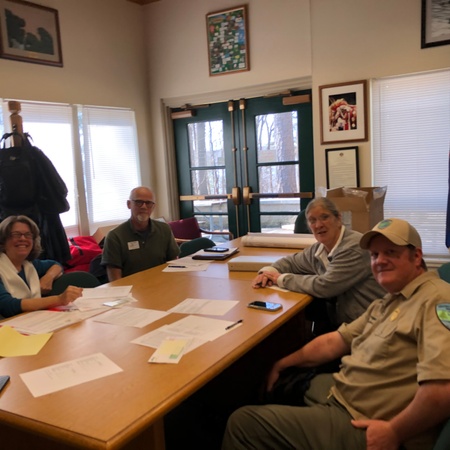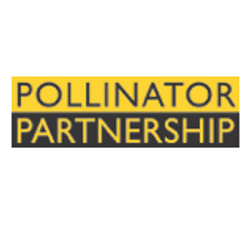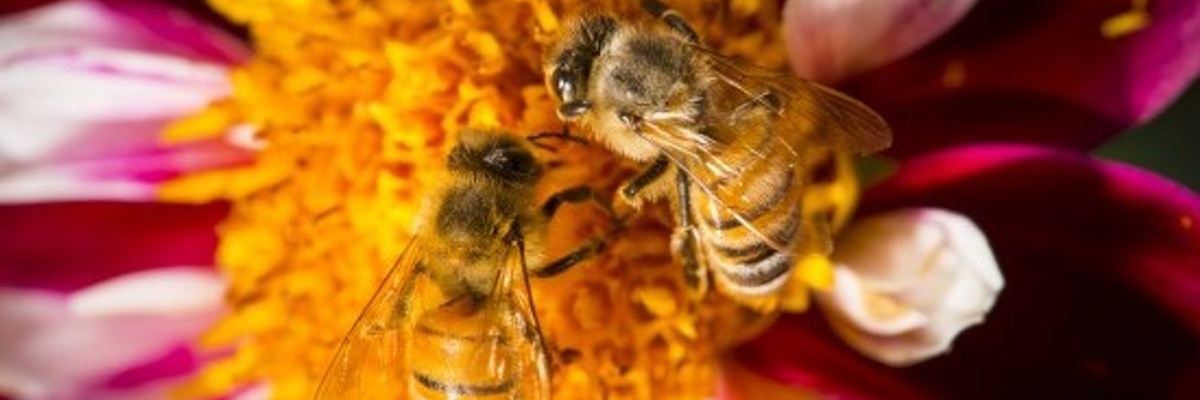

Invite pollinators to your neighborhood by planting a pollinator friendly habitat in your garden, farm, school, park or just about anywhere!
The Idea
Pollinator Partnership helps people protect pollinators to ensure healthy ecosystems and food security. The Pollinator Partnership’s mission is to promote the health of pollinators, critical to food and ecosystems, through conservation, education, and research. Their signature initiatives include the NAPPC (North American Pollinator Protection Campaign), National Pollinator Week, and the Ecoregional Planting Guides, which this page will help you to get started with in your community.
The ecoregional planting guides, Selecting Plants for Pollinators, are tailored to specific areas of the United States and Canada. You can find out which ecoregion you live in simply by entering your zip code / postal code at http://pollinator.org/guides and get your free guide tailored to the pollinators in your region. You can find lists of plant names that will attract pollinators and help you build a beautiful pollinator habitat! Print these lists and bring them to your local native plant, garden center or nursery and then get a group together and get planting!
Invite pollinators to your neighborhood by planting a pollinator friendly habitat in your garden, farm, school, park or just about anywhere!
The Idea
Pollinator Partnership helps people protect pollinators to ensure healthy ecosystems and food security. The Pollinator Partnership’s mission is to promote the health of pollinators, critical to food and ecosystems, through conservation, education, and research. Their signature initiatives include the NAPPC (North American Pollinator Protection Campaign), National Pollinator Week, and the Ecoregional Planting Guides, which this page will help you to get started with in your community.
The ecoregional planting guides, Selecting Plants for Pollinators, are tailored to specific areas of the United States and Canada. You can find out which ecoregion you live in simply by entering your zip code / postal code at http://pollinator.org/guides and get your free guide tailored to the pollinators in your region. You can find lists of plant names that will attract pollinators and help you build a beautiful pollinator habitat! Print these lists and bring them to your local native plant, garden center or nursery and then get a group together and get planting!
Earth Day will be celebrated on April 24th at Occoneechee park. Planting additional native pollinator plants and maintenance to the terrace shade garden. Some of the plants we planted last year are starting to emerge this spring. We should start seeing blossoms later in April. We will adding some native wildflower seeds to the pollinator field after removing invasive plants and shrubs.
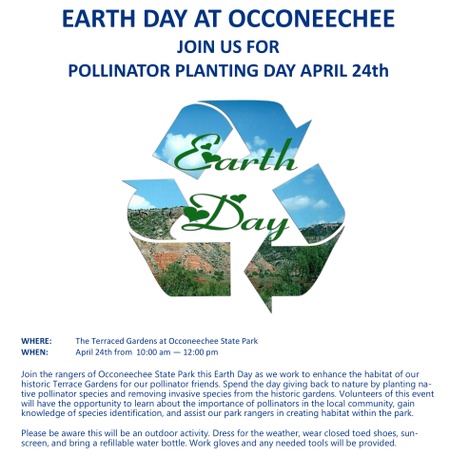
The changex grant has provided a positive impact on helping to increase the volume and variety of pollinators at the Occoneechee State Park. Adding additional native plants to the park’s meadow increases the nectar and pollen food supply for native bees and butterflies plus provides host larval plants for the caterpillars. Here are visiting pollinators seen in the park’s meadow today including two butterflies- Eastern Tiger Swallowtail and Silver spotted Skipper plus a milkweed bug and specialist bee.
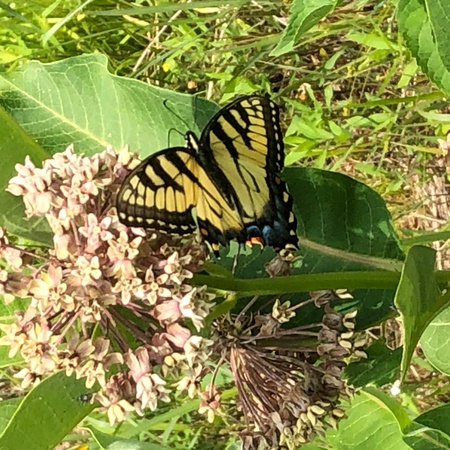
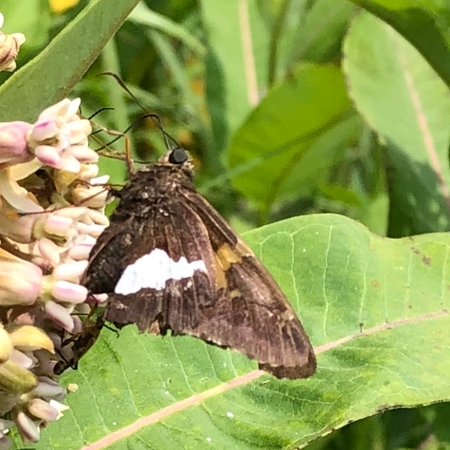
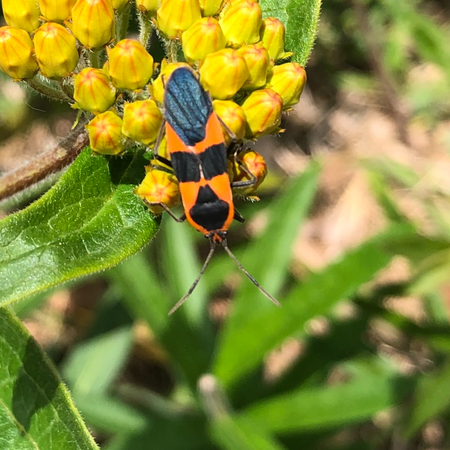
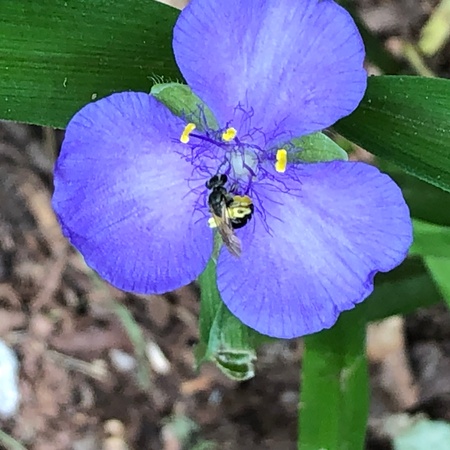
Our Friends of Park Pollinators project is a big success. The Changex funding allowed us to establish Virginia Native Pollinator gardens in two locations at Occoneechee State Park. The grant gave us the momentum to schedule an Earth Day event to gather local community volunteers to plant over 280 pollinator plants creating a pollinator meadow and pollinator shade garden. The event not only was a fun opportunity for our community to gather, but also educational opportunity for attendees to learn about the importance of native pollinator plants. These plants will not only provide nectar and pollen to our native bees and butterflies, but we have also planted host larval plants that will provide shelter and food for the caterpillars that become butterflies and moths. Since the pollinator gardens are located in a frequently visited public park, these gardens will have positive impact on our community by providing a venue for educational events such as bee safaris, native flower scavenger hunt and other related pollinator-oriented events. Also, the additional 200+ native plants added to the park will significantly increase the native pollinator population which in turn will have positive impact on the park’s ecosystem.
Attach is summary of photos of volunteers on our Earth Day planting event as well as pictures of the gardens and meadows. Most of the plants will not be mature enough to bloom until much later in summer. All plants were perennial so once established, we can expect blooms for many years to come.
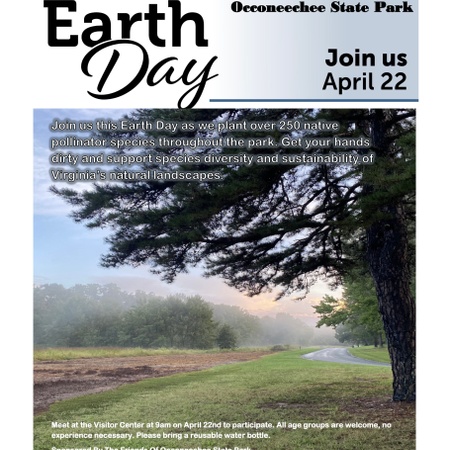
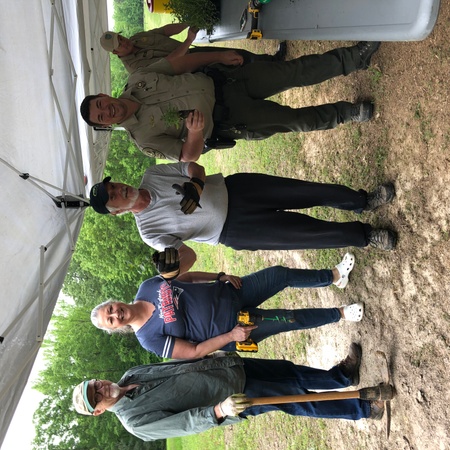
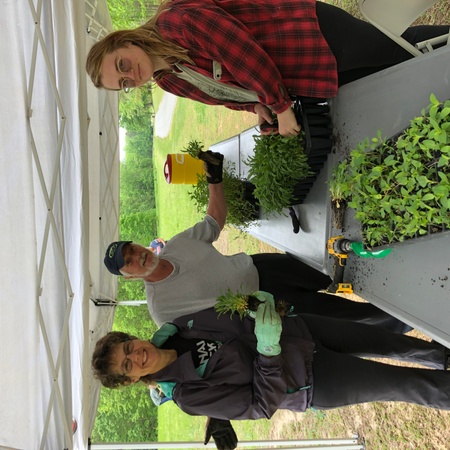
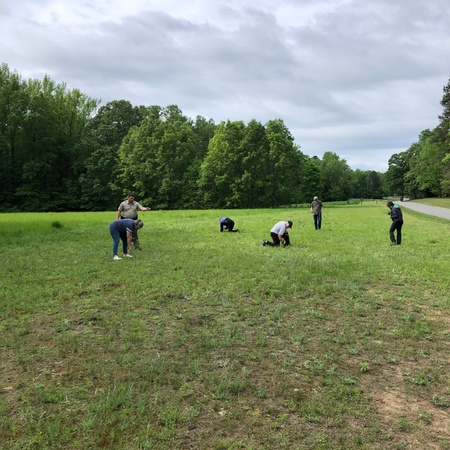
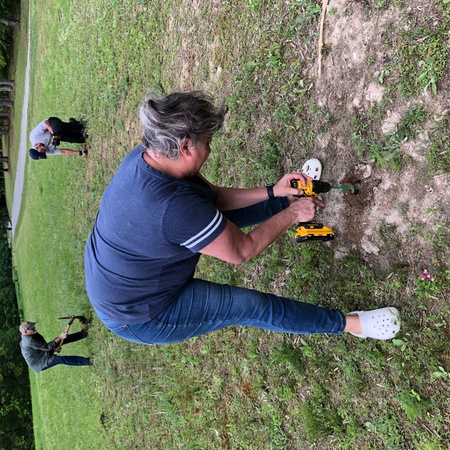
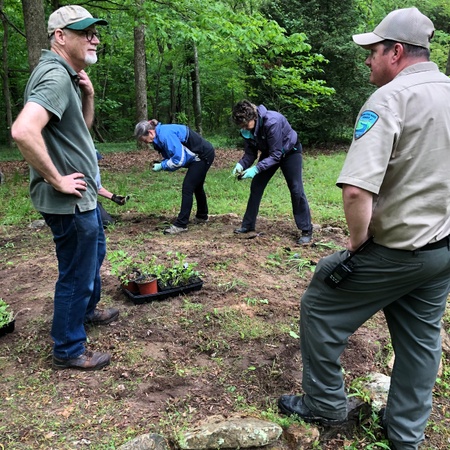
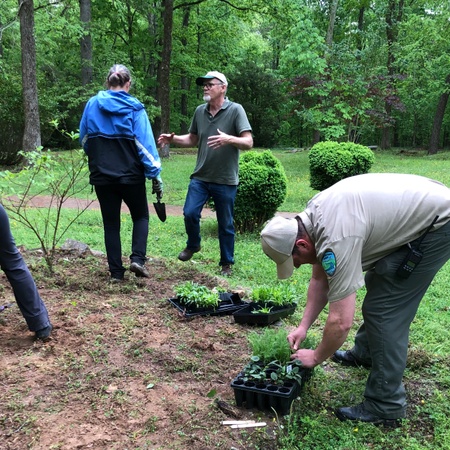
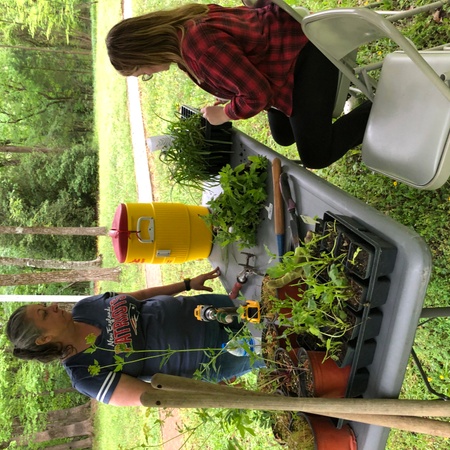
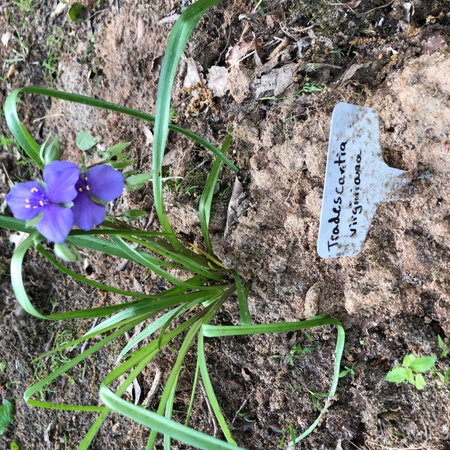

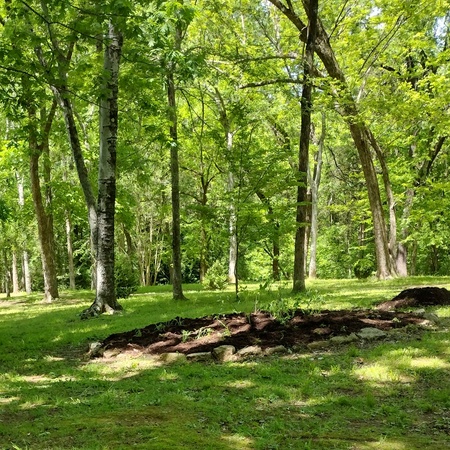
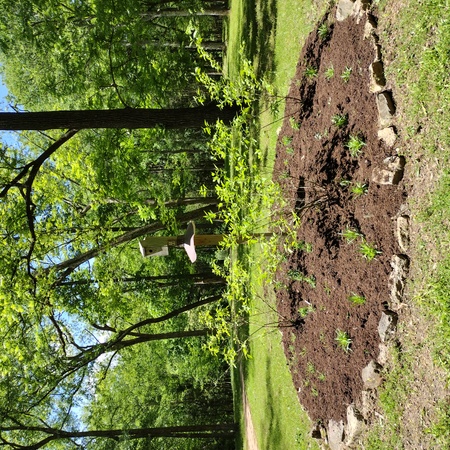
Community volunteers removed all of the non-native plants and replanted all Virginia native pollinator plants at the Terrace Garden circular beds at Occoneechee State Park. Many of the plants provide nectar and pollen source but also are host larval plants to many native butterflies and moths.
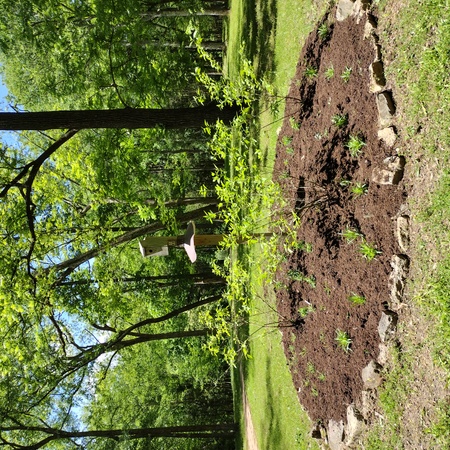
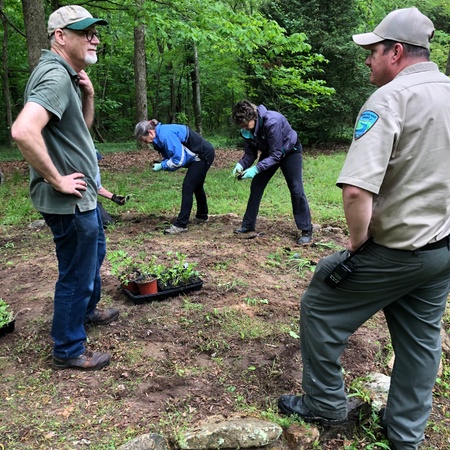
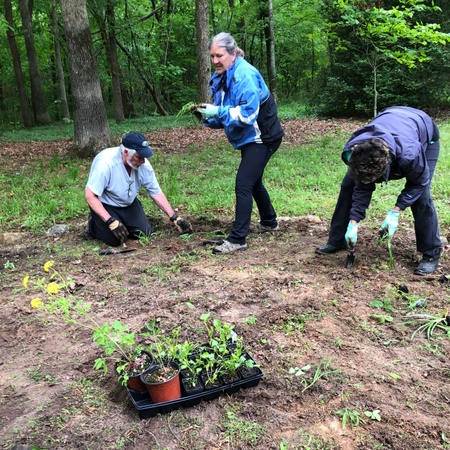
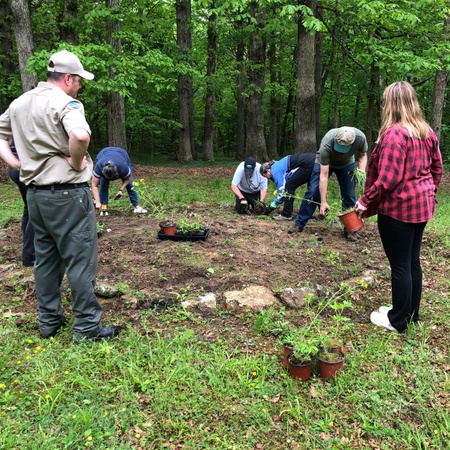
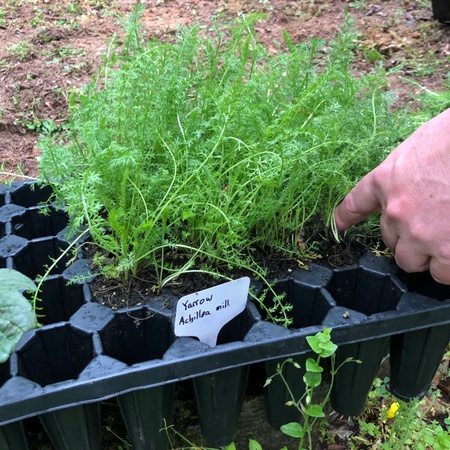
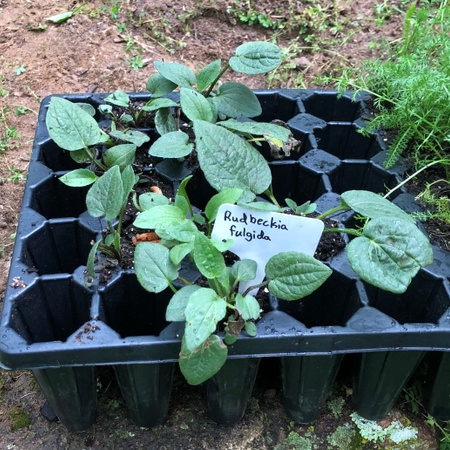
Earth Day event on April 22 was a success at Occoneechee State Park. Lots of volunteers showed up to plant 150 native Virginia pollinator plants in the meadow. These plants were carefully selected for full sun exposure and will serve as host plants for our native butterflies as well as offer nectar and pollen for bees and other pollinators. Given the good turnout of volunteers, we were able to complete planting the pollinator meadow before the rains began.
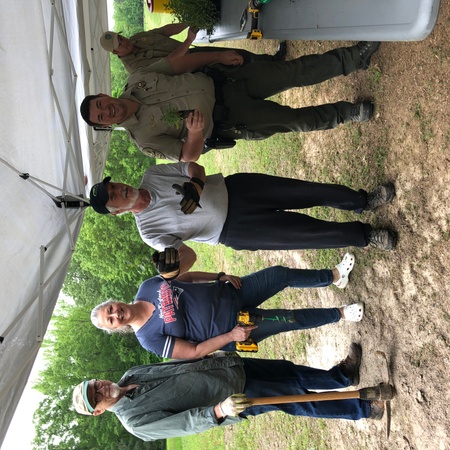
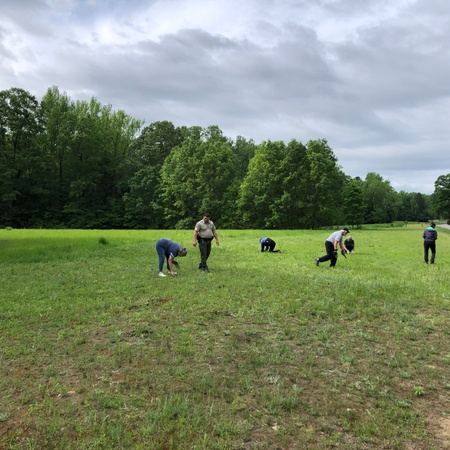
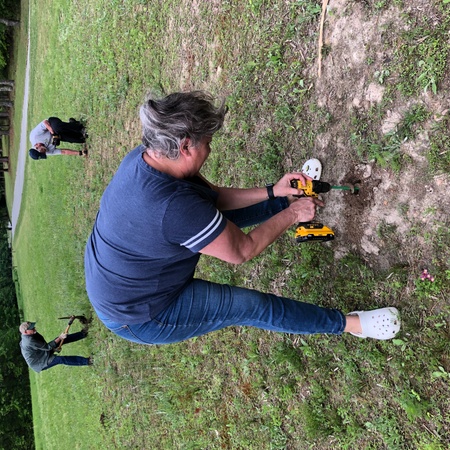
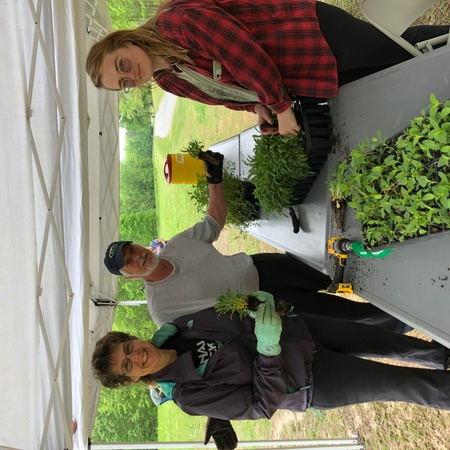
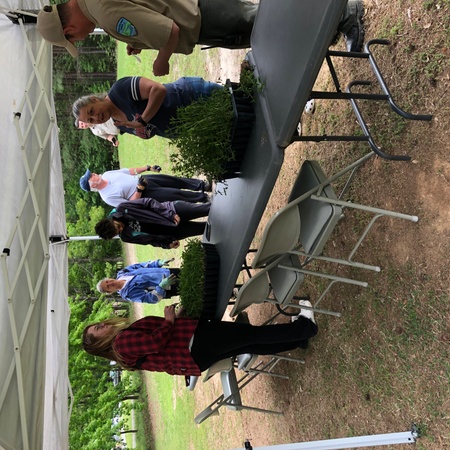
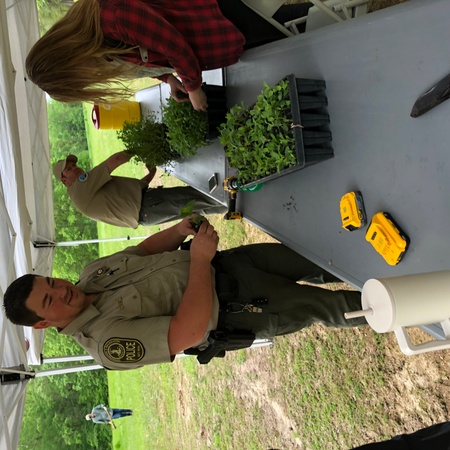
Glad to see some of our plants have arrived and ready to be planted at the Occoneechee State Park this coming Saturday on Earth Day. Pictured here are Rudbeckia (Orange Coneflower), Tradescantia(Virginia Spiderwort), Verbena(Blue Vervain), Achillea(Common Yarrow). All native plants. We expect rest of delivery this week.
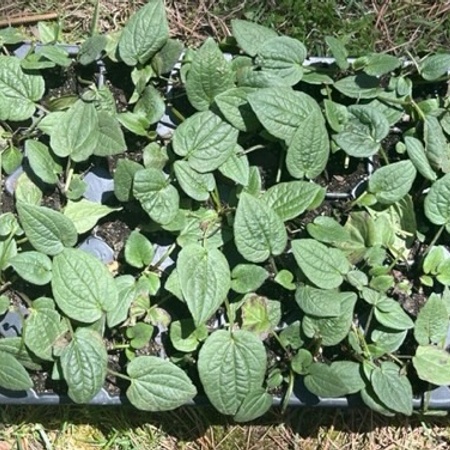
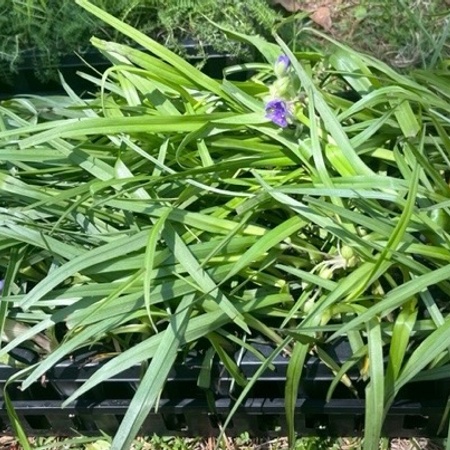
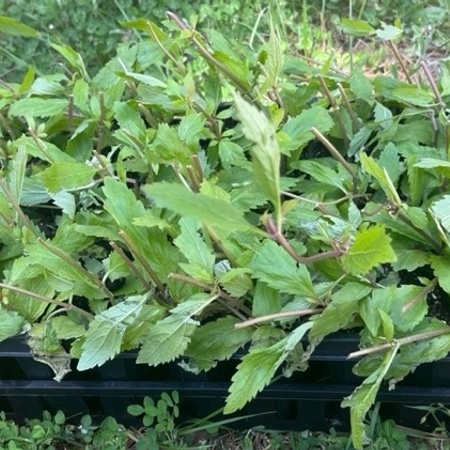
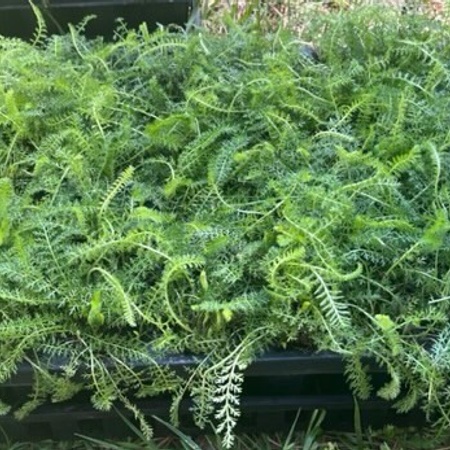
We had a productive meeting with the park ranger this week to select the plants that will be ordered for the Pollinator Meadow and Terrace Garden areas at Occoneechee State Park. We are choosing only Virginia Natives flowers as they will require less watering and fertilizer. Plus native plants will help increase the community of native bee species and other pollinators in the park.
